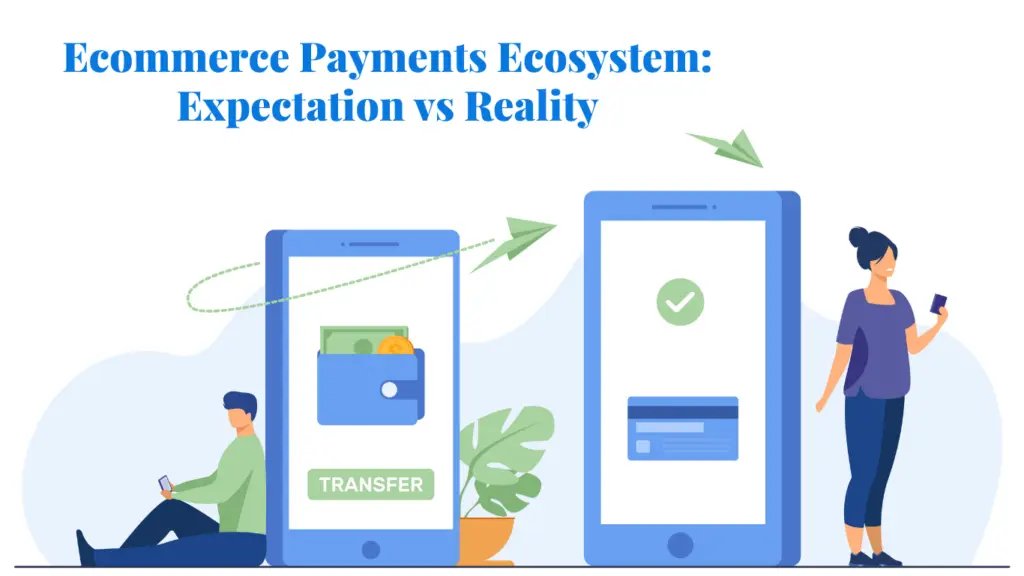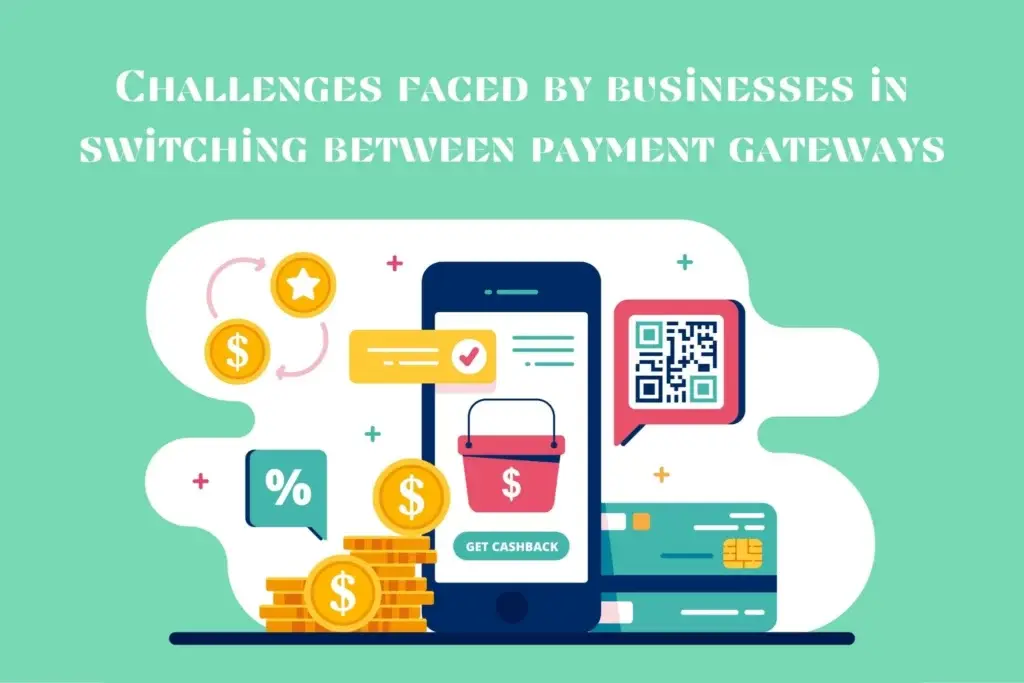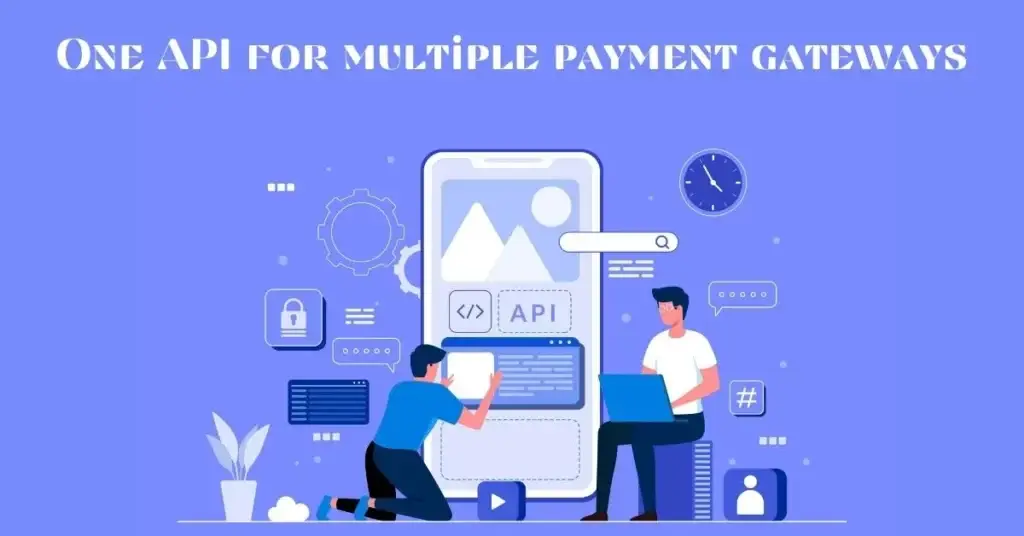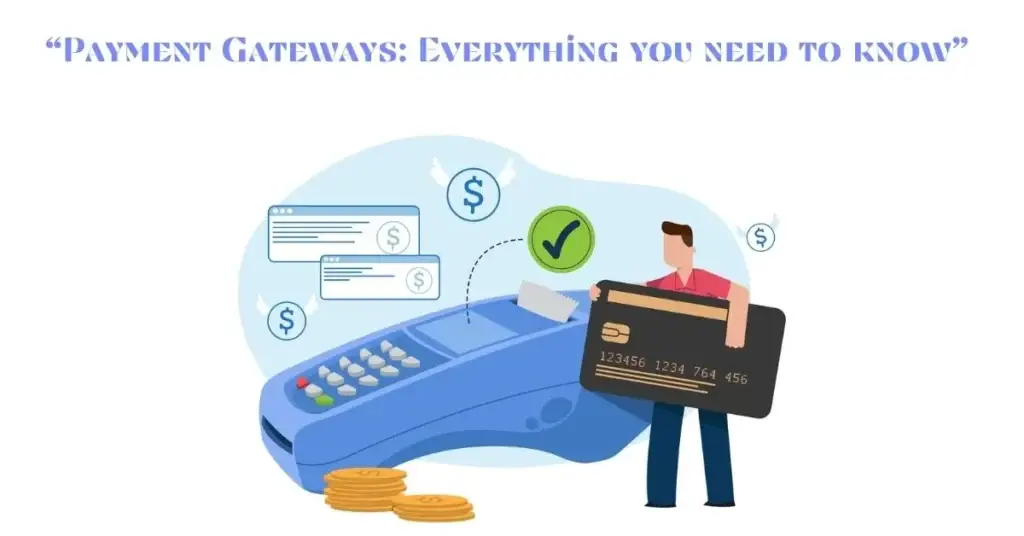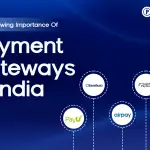Organizations are always looking for simple and effective ways to make cross border payments as frictionless as possible for themselves, and their clients.
Traditional business account solutions often involve lengthy and time-consuming onboarding processes during set up. It is essential that ongoing resources need to be allocated to ensure all banking relationships are maintained appropriately. IBAN, however, offers an alternative that provides more control, increased efficiency, and a much simpler implementation process.
So, What is an IBAN?
An IBAN stands for International Bank Account Number. It is a standard international numbering system developed to identify an overseas bank account. The number starts with a two-digit country code, then two numbers, followed by several more alphanumeric characters. Note that an IBAN does not replace a bank’s own account numbering, as it’s only meant to provide additional information that helps in identifying overseas payments.
Related Article: IBAN- International Banking Account Number
How does an IBAN work?
The IBAN number consists of a two-letter country code, followed by two check digits, and up to thirty-five alphanumeric characters. These alphanumeric characters are known as the basic bank account number (BBAN). It is up to the banking association of each country to determine which BBAN they will select as the standard for that country’s bank accounts
Before the invention of the IBAN system, there were various other standards among countries when it came to recognising bank accounts (their branch, bank, account number, and routing codes). This led to a lot of chaos with regards to international transactions. Important aspects such as routing information, specifically, were often missing when payments were being made.
The ISO 9362 (otherwise known as the BIC code or SWIFT code) had no specifications for formatting transactions, so each person or company involved in a transaction had to come to an agreement regarding transaction types and identification of accounts. There was very little consistency in terms of international trade, thus resulting in a lot of confusion.
IBAN vs. SWIFT Codes
There are two internationally recognized, standardized methods of identifying bank accounts when a transfer is being made from one country to another: the International Bank Account Number (IBAN) and the Society for Worldwide Interbank Financial Telecommunication (SWIFT) code. The difference between the two methods lies in what they recognise.
A SWIFT code is used to recognise a specific bank involved in an international transaction, whereas IBAN is used to identify an individual account involved in the international transaction. Both play a crucial role in the smooth functioning of the international financial market.
The SWIFT messaging system allows banks to share a significant amount of financial data.
This data is inclusive of the status of the account, debit and credit amounts, and details regarding the money transfer.
Banks sometimes use the bank identifier code (BIC) instead of the SWIFT code. However, both are easily interchangeable because they both contain a mix of letters and numbers and are generally between 8 and 11 characters in length.
One of the key aims of the IBAN is to enable complete validation to be accomplished at the point of data entry. In particular, the computer program that accepts an IBAN will be able to validate:
- Country code
- Number of characters in the IBAN correspond to the number specified for the country code
- BBAN format specified for the country code
- Account number, bank code and country code combination is compatible with the check digits
Importance of the IBAN System
The IBAN system provides an adaptable yet standardized format that is used to recognise accounts, validate transaction data, and curate a filter that identifies data errors. Routing information is always involved; it allows one financial institution to send a payment to another. Vital information about each bank account is included as well. (The information includes branch codes, country codes, as well as cheque digits, which are designed to analyse errors or validate an account number)
If you’re looking for an IBAN because you want to send money to your friend, family member, or an overseas supplier; you’ll also need a clear breakdown on what the cost of this international money transfer is.
International bank transfer fees can be expensive and can cause a lot of confusion too. When you are sending money abroad via your bank, you will basically be charged an international money transfer fee, the cost of which varies from bank to bank. Moreover, you may have to pay a margin of up to 2.3% as per the daily exchange rate. This could make a big impact to the cost of your international payments and result in your recipient getting a lesser amount.
Transferring international B2B payments can result in companies dealing with a large number of transactional fees. Virtual IBANs offer companies the same services as a traditional settlement account. However, they aim to reduce the costs involved in opening and handling a physical account.
Many financial service providers will try to push full packages on new clients, which include a variety of services they do not require. Due to this, the whole process can become extremely tedious for organisations, i.e. they have to invest a lot of time and effort into what should otherwise be a simple process. A virtual bank account allows access to payment services without the cost and complexity of a full business bank account. Administrative costs are also reduced by the use of virtual IBAN accounts as the whole system goal is to facilitate the reconciliation process, allowing businesses to carry out their processes with ease.


